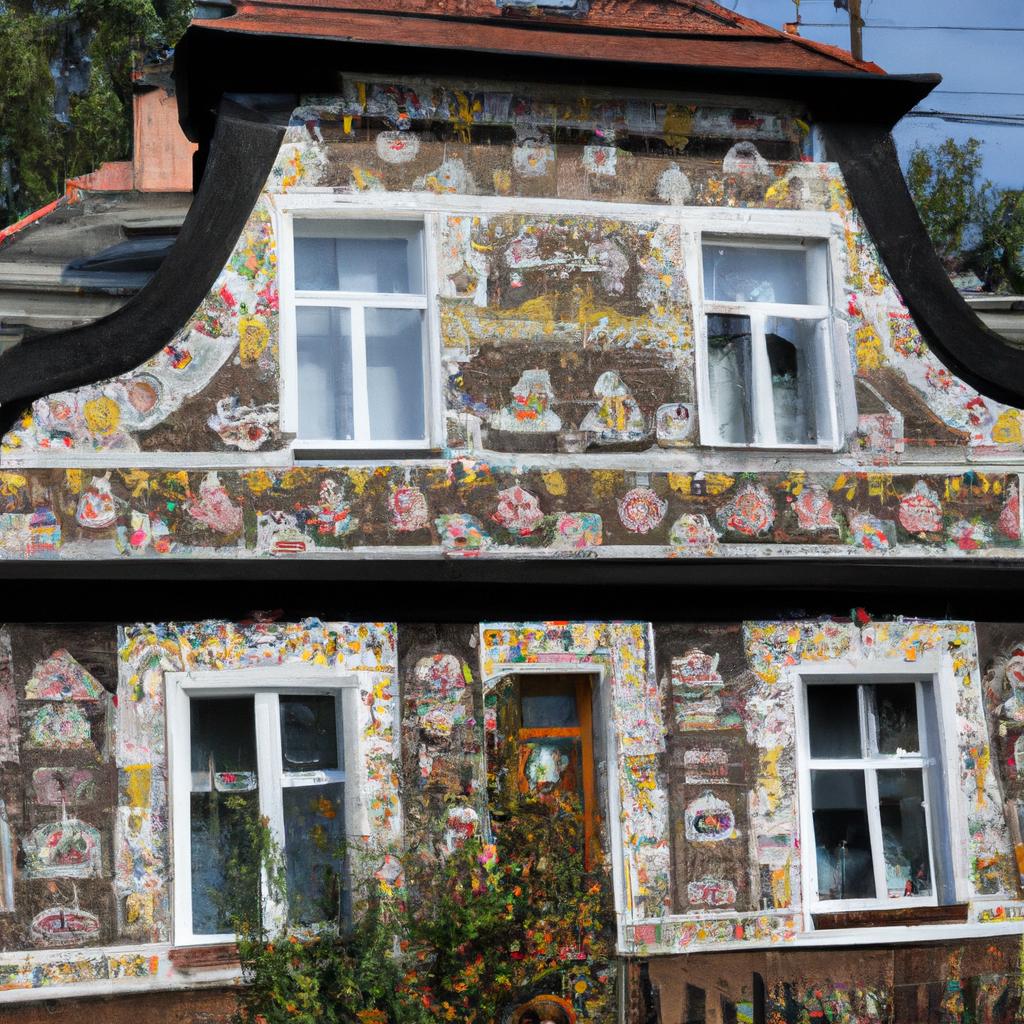Polish painted houses have long been an integral part of Poland’s rich cultural heritage. These stunning homes are renowned for their vibrant colors, intricate patterns, and symbolic motifs that adorn their facades. Dating back to the 19th century, the tradition of painting houses in Poland has evolved over time, making it a significant aspect of Polish architecture. In this article, we will delve into the history, characteristics, regional variations, and preservation of this unique art form.
History of Polish Painted Houses
The tradition of painting houses in Poland originated in the 19th century, when affluent landowners began embellishing their homes to showcase their affluence and social status. Initially, the painted houses featured simple geometric patterns. However, as time went by, the styles and motifs grew more elaborate. In the late 19th and early 20th centuries, the folk art movement in Poland gave rise to even more complex and symbolic motifs, often inspired by nature. These motifs included flowers, animals, and religious symbols.
During World War II, many Polish painted houses were destroyed or damaged. However, after the war, the tradition was resurrected. Today, Polish painted houses can be found in rural areas throughout Poland, serving as a symbol of Polish culture and heritage. These homes are characterized by their vibrant colors and intricate patterns, often taking inspiration from the natural world.
Regional Variations of Polish Painted Houses
Poland’s diverse cultural and architectural heritage is reflected in the regional variations of Polish painted houses. Different regions of Poland have their distinct styles and motifs that have evolved over generations.
In the Podhale region of southern Poland, the houses often feature images of birds, flowers, and other nature-inspired motifs. In the Kurpie region, on the other hand, houses are known for their intricate geometric patterns, typically in shades of blue and white. In the Mazovia region, religious symbols such as images of saints and angels are commonly found adorning the houses.
These regional variations in Polish painted houses highlight the cultural and architectural diversity within Poland. Each region has its unique style and motifs, passed down through the generations.
Preservation and Restoration of Polish Painted Houses
Preserving and restoring Polish painted houses is crucial to ensure the continuity of this exceptional architectural tradition. However, it poses significant challenges as many of these homes are old and require extensive repairs.
One of the primary challenges lies in finding skilled craftsmen who possess the necessary knowledge and expertise to repair and restore these homes while staying true to their original designs. Efforts to preserve and restore Polish painted houses have been underway for years. The Polish government launched a program in 2003 to provide funding and support to homeowners seeking to restore their homes to their original splendor.
In addition to government initiatives, private organizations and individuals are also involved in the preservation and restoration of Polish painted houses. Educational programs dedicated to teaching traditional building techniques and the use of authentic materials play a vital role in these efforts.
By preserving and restoring Polish painted houses, we ensure that this extraordinary architectural tradition endures for generations to come, serving as a testament to Poland’s cultural heritage.
Conclusion
Polish painted houses represent a unique and captivating aspect of Polish culture and architecture. With their vibrant colors, intricate patterns, and symbolic motifs, these homes add beauty and distinctiveness to Poland’s landscape. Preserving and restoring these houses is paramount to maintain the tradition’s vitality.
At TooLacks, we are committed to promoting and celebrating the remarkable beauty of Polish painted houses and other facets of Polish culture and heritage. We firmly believe in preserving these traditions for future generations and continuing to appreciate the significance of Polish architecture and art.
To learn more about TooLacks and explore our dedication to Polish culture and heritage, visit TooLacks.



